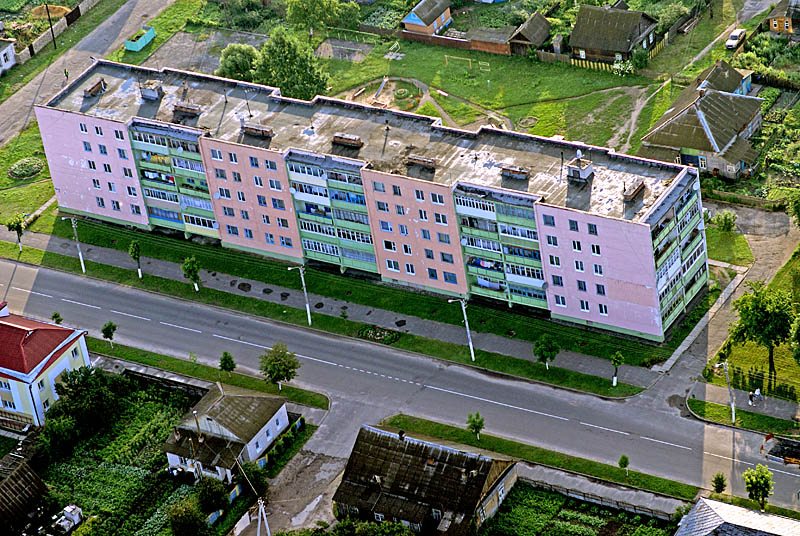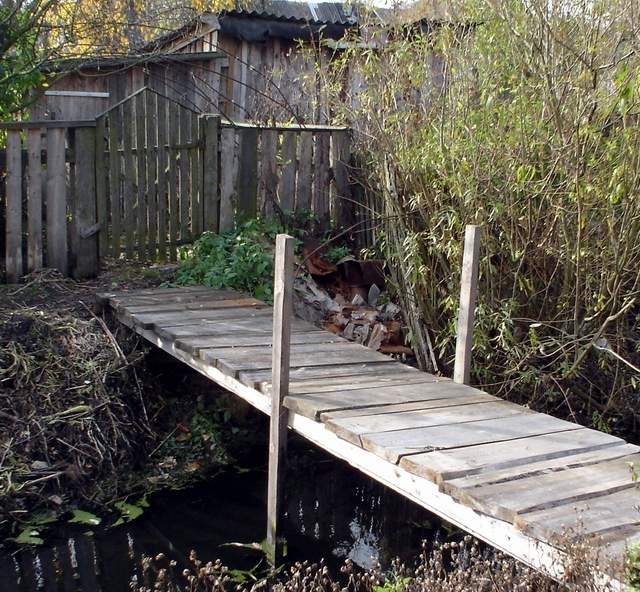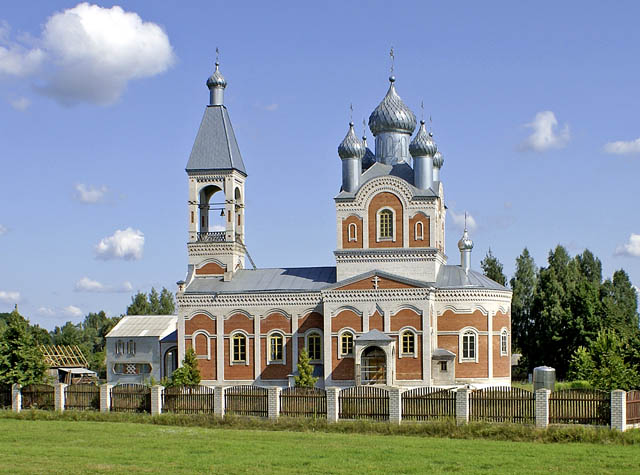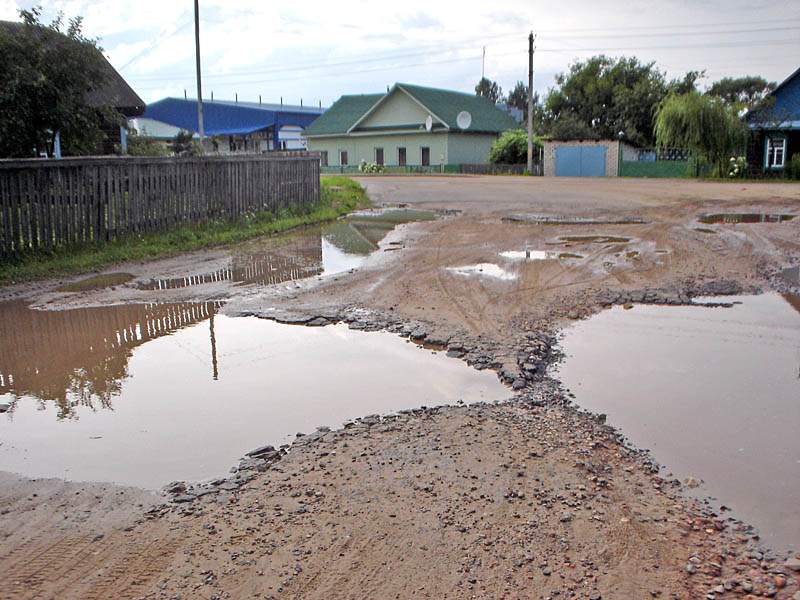| Галоўная » Артыкулы » История |
by Oleg Perzashkevich and Igor Avdeyev Gorodok before 1917
History
XIII century - The Settlement was founded as a village and a harbour on the banks of Ptych and Krasnaya rivers. 2nd half of the XVth century - Gorodok, known that time as Glusk (different from Glusk Dombrovitsky) was mentioned in the documents as a possession of Golshansky dukes (Brothers Yuri and Gleb Golshanskies were the owners). The castle was constructed there. 1483 - as a result of intermarriages, Gorodok (Glusk) became a possession of the Gashtold-Golshansky noble family. 1505 - Gorodok (Glusk) became a possession of Lithuanian Hetman (supreme Military Commander) Duke Konstantin Ostrozhsky (magnate family), because he married one of Golshansky women. 1555-1560s - Gorodok (Glusk) was an possession of Polish King and Lithuanian Great Prince Sighizmund II August. 1560s - Polish King and Lithuanian Great Prince Sighizmund II August returned Gorodok (Glusk) to Ostrozhsky-Polubinsky family. 1570 - a renter of Gorodok (Glusk) nobleman Zabolotsky burned Gorodok (Glusk) old castle away, because he did not agree with the owners about something. Since that time Gorodok (Glusk) became known as Glusk Pogorely (English trans, "burned away"). 1597 - Gorodok (Glusk Pogorely) became a possession of Slutsk Duke Radzivill Perun. 1597-1793 - Gorodok (Glusk Pogorely) was a possession of Slutsk Radzivill family. Beg. of XVII century - Jewish population appeared. 1506 - 1791 - a shtetle in Great Lithuanian Princedom. 1791-1793 - a shtetle in Since 1793 - a shtetle in Russian Empire. 1801-1917 - a shtetle in Bobruisk District of Minsk Province. 1814 - local believers built an Orthodox church of 1866 - local believers built 2nd Orthodox church in wood. Vital Statistics
Jewish Life
Since the 2nd half of the XlXth century Jewish community of Gorodok had their own co-mayor. That co-mayor was elected by local Jews (the 2nd .co-mayor was Orthodox Christian). In 1896 Jewish co-mayor was LIOKUMOVICH Iosel son of Srol. In the beg. XX century there were 2 praying houses in Gorodok. Economic Review
Traditional activities of local Jewish population were trade with timber, vodka and flax fabric. Since early time Ptych river was the main road for local habitants. The shtetle began to develop after Radzivill family became its master (1597). In 1620 there were 96 houses and two wooden Roman Catholic churches in Gorodok. But the events of the XVII-XVIII centuries undermined Gorodok economy and the Shtetle fell in decay. During Russian principality vodka trade was under state hard control and became less popular among Jewish businessmen. But Russian authorities did a lot to develop the region because of military and fiscal reasons mostly. First of all, old communications were reconstructed there: road old harbour. In XIX, because of development of the All-Russian Market, new types of communications appeared in the area in 1873. Construction of the railroad provoked new increase of the development of the region. But it did not rapidly effect development of Gorodok, because the closest railway station was Timber and fabrics stayed the most popular goods among local Jews. Ptych river stayed the main trade way also. In 1846 there were 30 houses in Gorodok. By 1882 there were over 40 wooden houses already. In In 1902 the major business and trade enterprise of Gorodok and the Subdistrict was the timber trade enterprise, owned by the Jew GOLODETS Izrael son of Berko, situated in the estate of Glusha. In General cultural information
In - Orthodox church; - public primary school; - Russian and Lettish public school; - public shelter-hospital. Bobruisk District Historical Economic Summaries Provided by http://www.shtetlinks.jewishgen.org
| |||||||||||||||||||||||||||||||
| Категория: История | Добавил: Vladmin (07.05.2009) | |||||||||||||||||||||||||||||||
| Просмотров: 1106 | |||||||||||||||||||||||||||||||
| Всего комментариев: 0 | |




